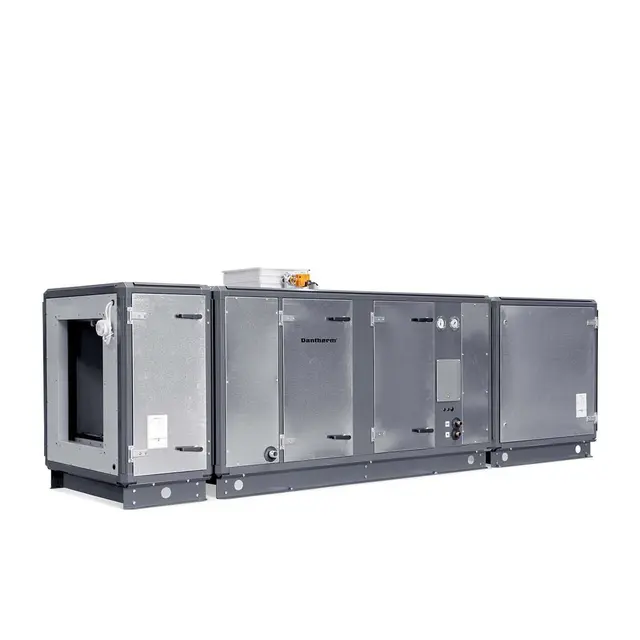How climate control is fighting cannabis production challenges globally
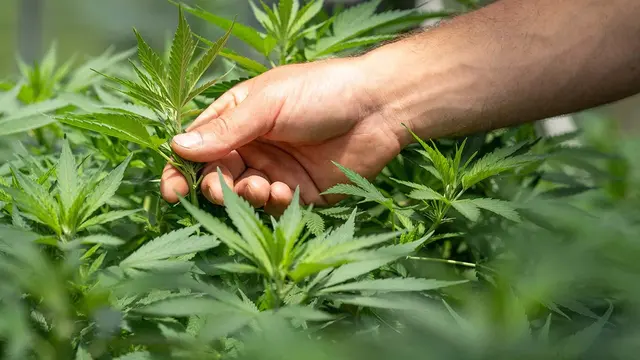
- Home
- Insights
- Humidity control and drying insights
- How climate control is fighting cannabis production challenges globally
In challenging farming climates around the world, the precise temperatures and humidity needed to successfully grow and prepare cannabis for purchase can sometimes require specialist growing rooms, greenhouses and other indoor plant-growing facilities.
These rooms are controlled with dehumidification, ventilation and air handling systems, creating an ideal climate to assure growth and production of crops without being compromised by weather and temperature changes.
Facilities without sufficient or properly installed climate control systems can experience high temperatures and higher moisture content. This means when temperatures drop, condensation can form, leaving both crops and the wider environment vulnerable to mildew and fungus.
Challenges faced in climates across the world
Legalisation of cannabis cultivation is gradually being adopted globally, but to varying extents. But wherever crops are located, preventing contamination from external factors is key. Both outdoor and indoor cultivation takes exceptional skill and know-how, and the use of technology capable of producing high-quality, high-volume yields.
This is just as true in areas like Canada or the UK, where the climate makes the need for indoor growth of cannabis essential, as it is for countries like Uruguay, where 80% of the land is ideal for outdoor growing, but climate control is vital for the drying and curing stages of production.
Our range of climate control products help support the entire process of cannabis production, but here we will focus on the latter of the above scenarios, as we discuss our work with Tedipark S.A. in Maldonado, Uruguay.
Supplying a solution to Tedipark S.A.
Back in 2013, Uruguay was the first country in the world to legalise recreational cannabis. A pioneer in its growth and production, its success hasn’t come without its challenges, but overall the country has found it to be a positive venture – doubling exports in 2020 to the value of $7.3 million.
Tedipark S.A works with cannabis cultivation companies in Uruguay to build entire systems to enable them to achieve optimal crop yield. They advise on and deliver equipment including containers, ducting and full climate control setups.
The agricultural humidity control solution we provided to support their customers was the CDP 125, a high-quality and energy-efficient dehumidifier for ducted installation.
How does the CDP 125 work?
The ducted range works in accordance with the condensation principle. The fan draws the humid air into the dehumidifier and through an evaporator coil. The air cools to its dew point temperature as it passes through the evaporator, and its water vapour content is condensed into water. This liquid falls into the drip tray which leads to a drain.
The cold, dry air is passed over the condenser coil, re-heated and leaves the unit at a temperature that is approximately 5°C higher than at the inlet.
A range of accessories was also used in this project:
A thermostat to monitor temperature changes
A hygrostat to observe humidity levels
A defrost sensor to detect the formation of ice
What was the result of our solutions during the drying and curing stage?
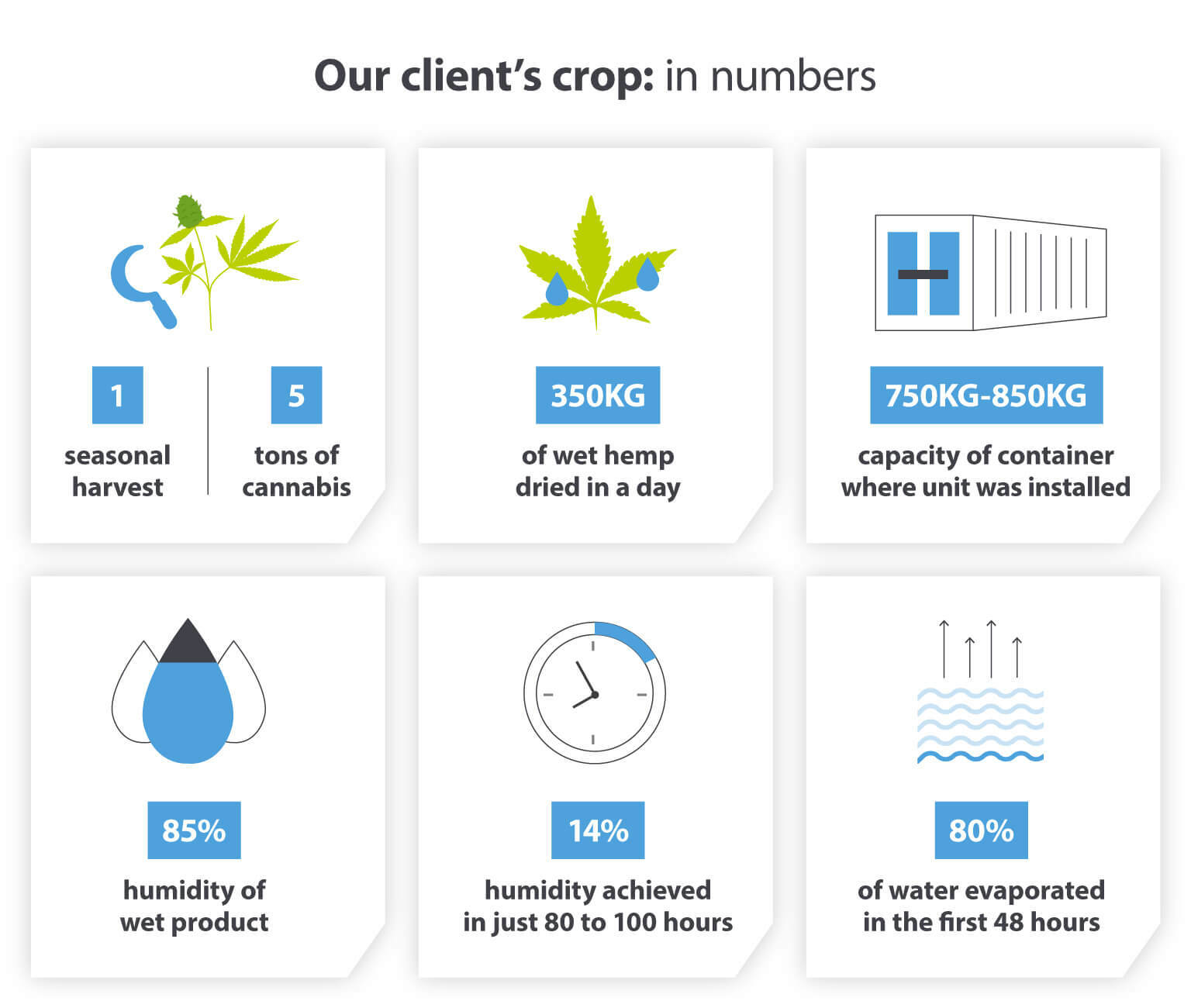
The drying and curing process is very important, because if it isn’t done correctly it can undo all the hard work up until this point. The correct methods, equipment, temperature and humidity can dramatically improve the plant’s flavour, reducing sugars and moisture in the buds.
Many cultivators use one of two methods to dry their plants.
If they are trimming plants AFTER they are dried, they will hang them up. This is often preferable to help keep the shapes of the buds intact
If trimming comes BEFORE drying, then drying racks are more suitable – Tedipark’s project can be seen using this method below
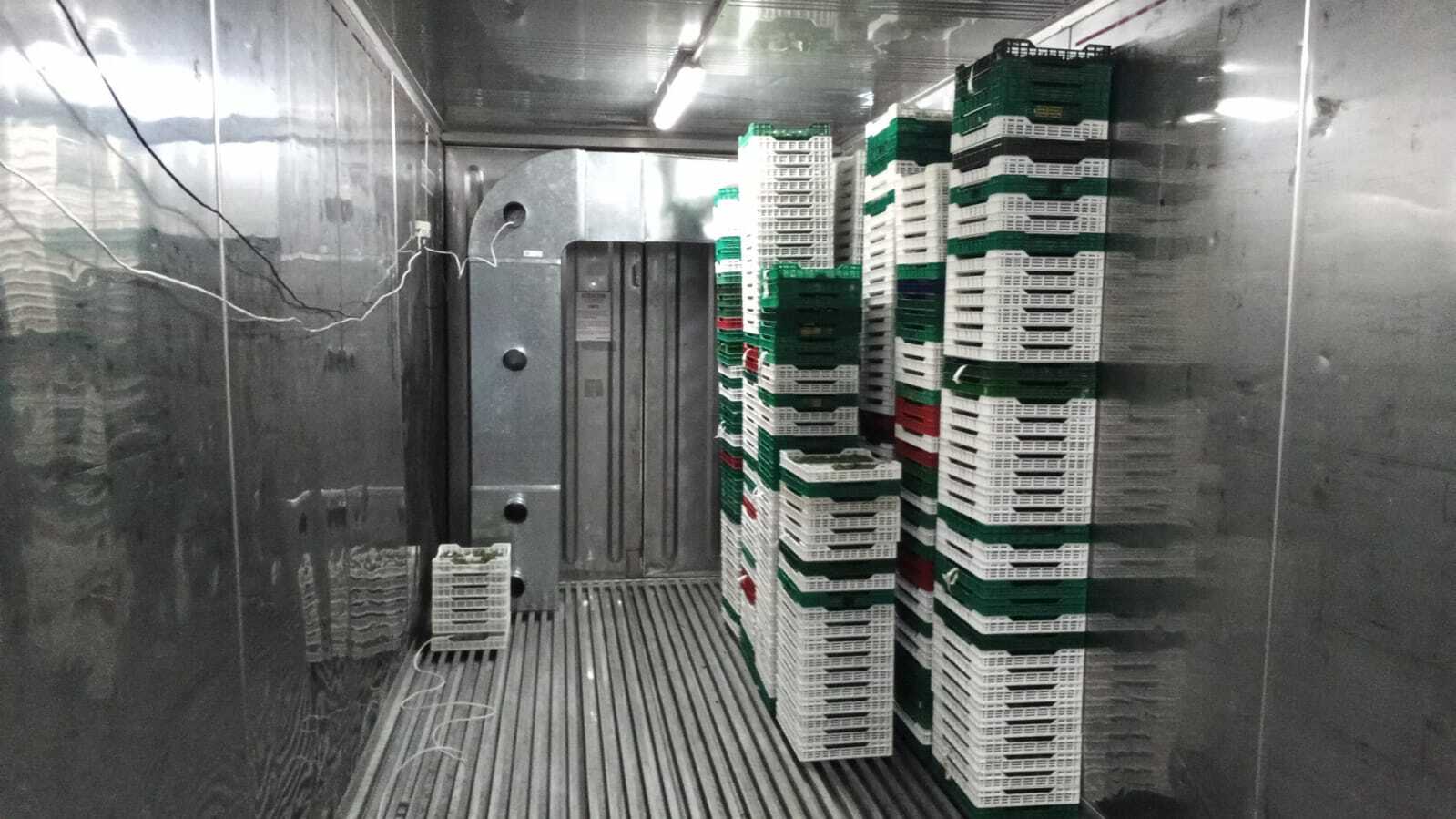
The importance of controlling relative humidity at each stage
Like most plants, the humidity required for cannabis growth varies depending on which stage of life it is in. For example in its infancy, more moisture is needed to help its roots form.
But each stage of growth requires a precise window of temperature and relative humidity control to provide the optimal yield. If humidity levels are not adapted to each phase of the cannabis plant’s growth, it will not develop as quickly or as healthily as it should, resulting in lower quality crops and smaller yields.
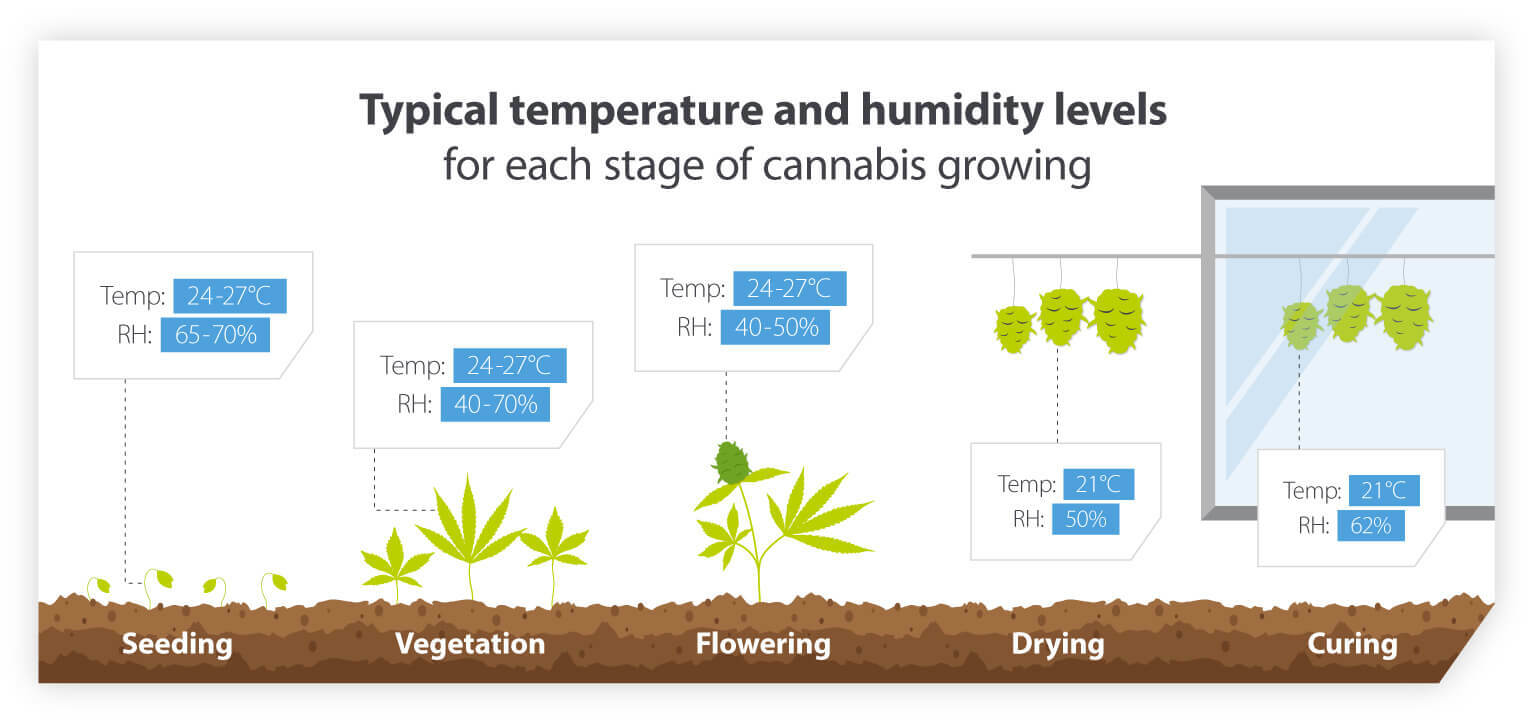
Once the roots take hold and the growth stage progresses into flowering, moisture in the air should be limited to prevent unwanted crop diseases. Too much moisture at these stages can stifle growth. Equally, if there’s not enough, the plant could dry out and suffer from nutrient burn.
Unsuitable temperatures and moisture levels can lead to a range of issues:

Bud rot (botrytis cinerea)
A common ‘crop killer’, bud rot happens when a mould grows in the cores of the cannabis buds and spreads to other parts of the plant. Because the mould begins in the stem, it can take time to notice the damage.
Cultivators can cut out the infected areas and hope that the rest grows normally. But, in many cases, the spores have already started to infect the rest of the crop. The safest way to ensure an unhealthy crop hasn’t been produced is to remove infected plants in their entirety. Infected buds usually turn black and mushy, so close inspections need to take place to ensure this hasn’t occurred.
Failure to notice bud rot can be extremely costly. When left unresolved it can leave cultivators with significantly reduced yields and quite literally eat into profits.
White powdery mildew
This is a fungal infection that is caused by environments where humidity levels are too high. As we mentioned earlier, a high humidity environment is essential in the early stages of growth, but your dehumidification system will ensure there is sufficient air flow to prevent damage to your crops.
Nutrient deficiencies
Too little moisture in the air forces cannabis plants to drink through their roots. While this is something they will do to consume nutrients, when they are forced to do this too often due to high temperatures, nutrient burn will occur.
This will leave the plants with limited leaf mass, and limit their ability to feed off light and grow to their fullest potential size.
What else helps to reduce or increase humidity?
Dehumidification solutions such as our range of condensation dehumidifying units are optimal for climate control. In addition to this, there are many other methods that can help. These suggestions aim to complement the work of a dehumidifier when they are identified as necessary – they are not a replacement for the dehumidification function:
Reducing humidity
Increasing ventilation
Checking moisture levels in the soil
Trimming excessively leafy plants
Increasing humidity
Introducing a swamp cooler
Which system is right for me?
Our experts and partners can help you determine the best setup for your growing or drying environment. The size of the facility, location, layout and growing methods will all impact which solution is right for you.
To learn more about Dantherm’s extensive range of dehumidifiers, as well as other products in our range suitable for cannabis growing and drying, get in touch with our team using the form below.
Related products
Featured insights
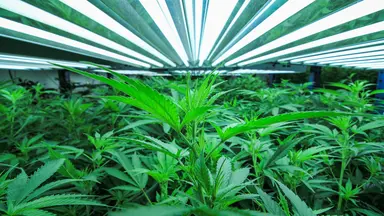
How climate plays the decisive role in cannabis production
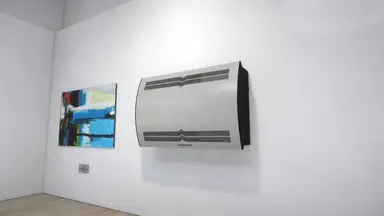
Discover how to overcome the humidity challenges of preserving your artefacts
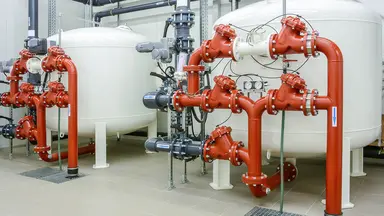
How does relative humidity affect your facility?
Need help with choosing the right solution? Our team of over 100 climate control experts can assist.
You can also reach out or join the discussion on our Social Media. Check out our LinkedIn page.
